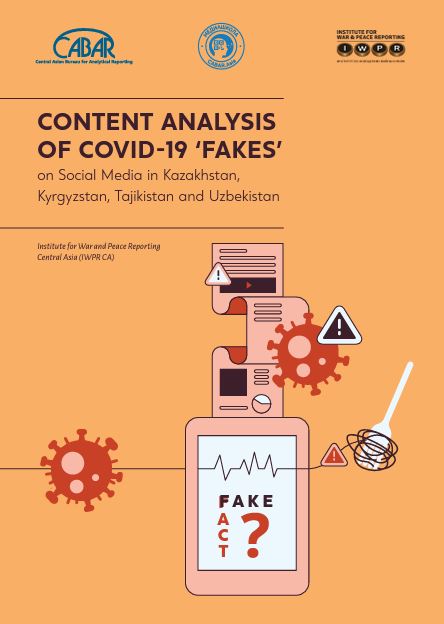Content Analysis of COVID-19 ‘Fakes’ on Social Media in Kazakhstan, Kyrgyzstan, Tajikistan and Uzbekistan

This research is an attempt to analyse the spread of COVID-19 “fakes” in Kazakhstan, Kyrgyzstan, Tajikistan and Uzbekistan and to identify their main features. Our analysis will outline their defining characteristics, – their similarities and differences in comparison to other news materials, and their format, channels and platforms of distribution and distribution frequency. In addition, our analysis will examine at what stage or stages these fakes were integrated in and became relevant in the region.
A number of social factors shape research into the origins and distribution of fake information among social media users: the underdeveloped information sphere in Central Asia; the need to study the influence of information products on social phenomena; and the general absence of research on public opinion among internet users in the region.
This research will be useful for media, journalism faculties, bloggers, as well as government bodies and international organizations.
The opinions expressed in this research are those of the authors and IWPR CA. They do not necessarily reflect the position of other individuals and/or organisations involved in this research.
IWPR is an international organisation for media development that supports local reporters, citizen journalists, and civil society activists in thirty countries around the world. IWPR has operated in Central Asia since 1999; its regional head office is located in Bishkek, Kyrgyzstan.
© All rights reserved by IWPR CA. The material is intended for the purposes of personal study and education. It may be used for non-commercial purposes provided that IWPR CA is credited as creator and copyright holder. (с) 2021
[su_document url="https://school.cabar.asia/wp-content/uploads/2021/10/covid-fakes_en_1310.pdf" width="460" height="480"]


